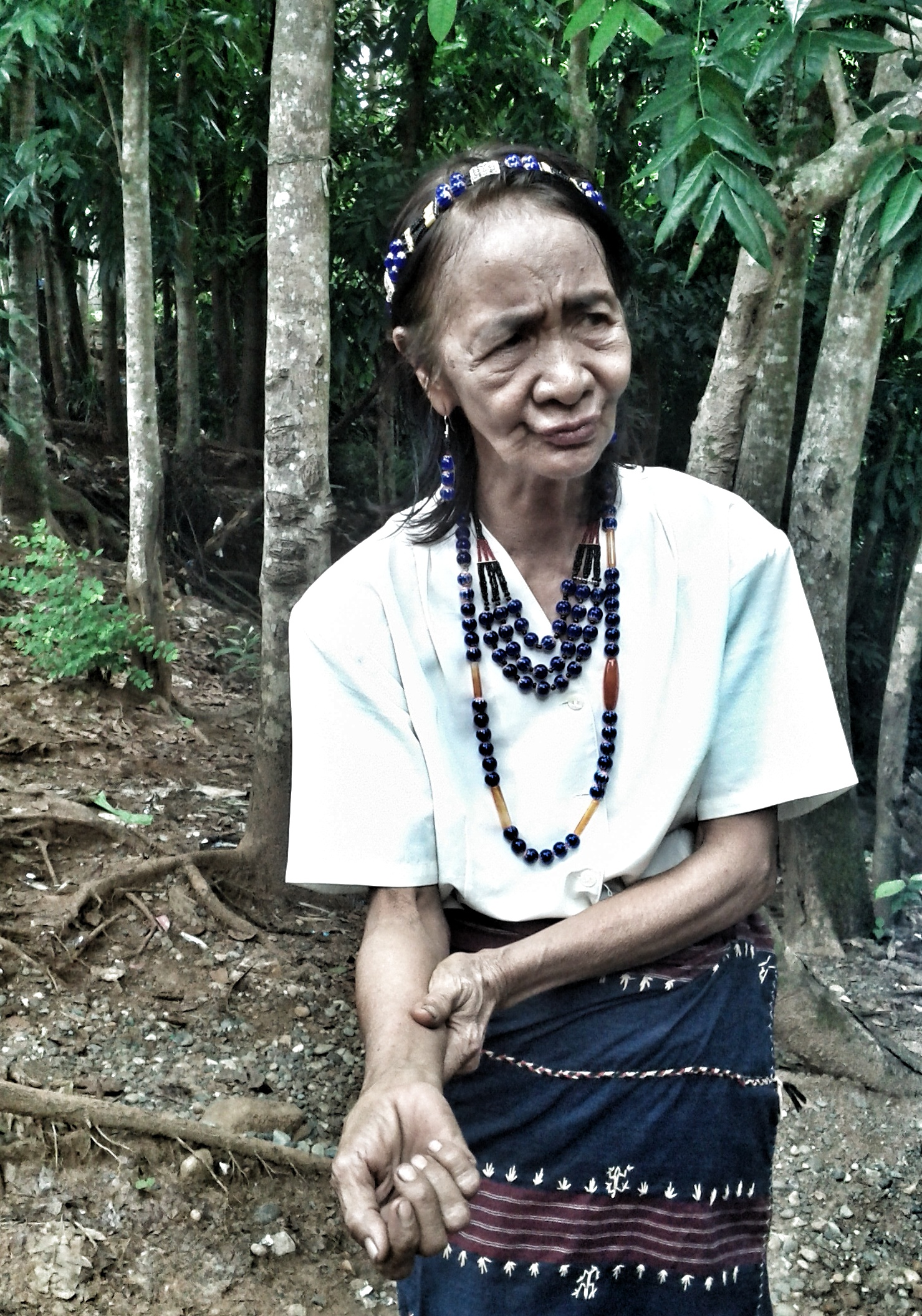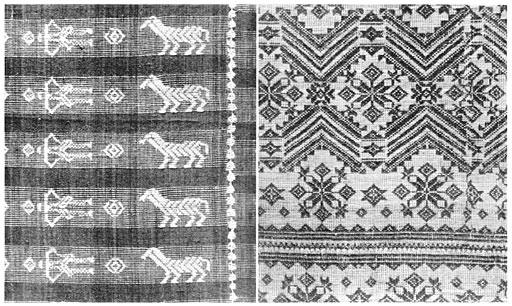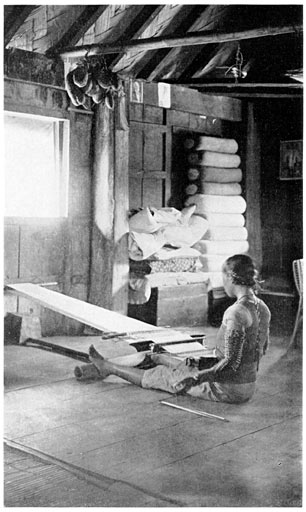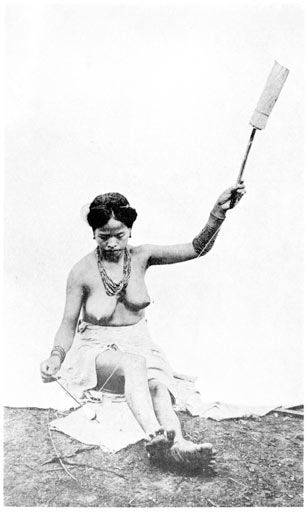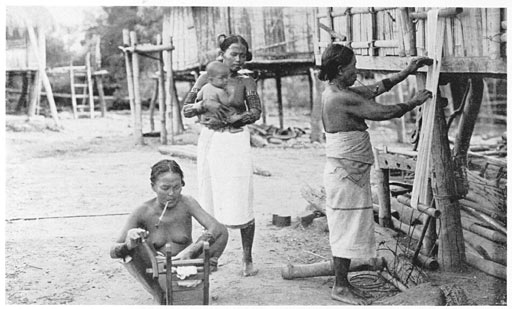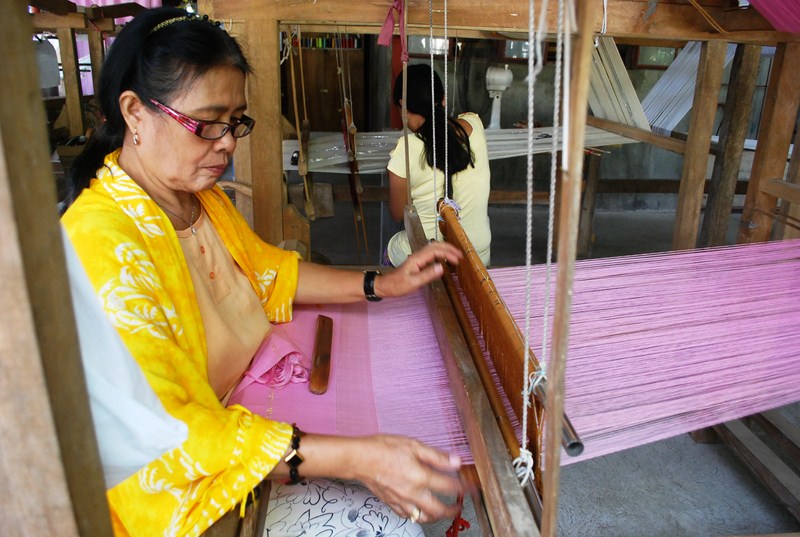Post and discuss about the culture and history of creating cloths, weaving, designs, dyeing and textiles native to the Philippines.
For specific fashion and wear, refer to alex's Filipiniana thread.
I was going to make this thread a while ago, but I didn't know if it was going to redundant and inspired by native dyeing by Sanaeha.
The most iconic and well known material used no doubt historically in the Philippines is the abaca (banana native to the Philippines) bark cloth. Noted almost by all accounts from Spanish, French, English etc. (in various terms 'plantain cloth', 'wild banana cloth' 'fig tree cloth'). In fact it's so essential to the Philippine clothing that 3 out of the 12 national living treasures weave abaca made textiles.
This lady is 4th and newest inductee to the National Living Treasure Awards (aka GAMABA, Gawang Manlilikha ng Bayan), 88 yr Ilocana master weaver Magdalena Gamayo. She weaves another lesser known ages old textile in the Philippines: cotton (known as abel in Ilocos). Noted in most (earliest is Pigafetta) European chronicles, although (per Loarca, if I remember correctly -laugh, I will quote when I find it) only in limited amounts in comparison to abaca. Zuniga noted the Ilocano cotton industry in his accounts ("Estadismos de...") in the late 18th and early 19th century as being used for sails for the boats made in the Philippines.
Here's her bio on NCCA's site.
[url] http://www.ncca.gov.ph/about-ncca/org-awards/gamaba/magdalena_gamayo.php [/url]
National Culture and Art's short film on her induction
Interview (only in Ilocano language)
Induction to GAMABA 2012
[IMG]  [/IMG]
[/IMG]




